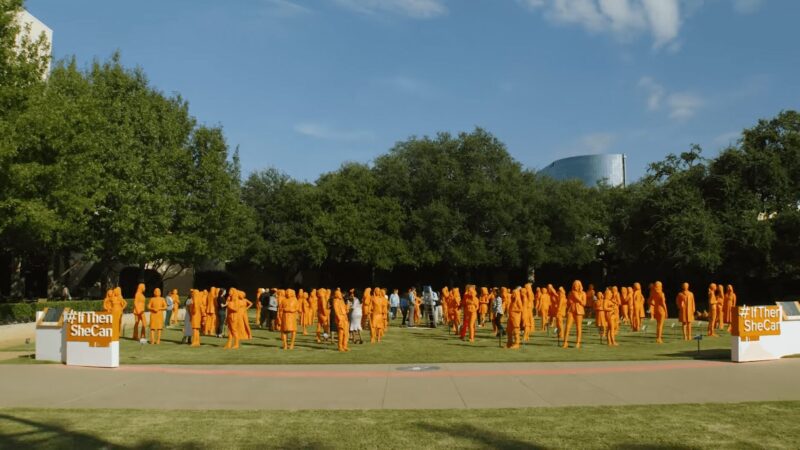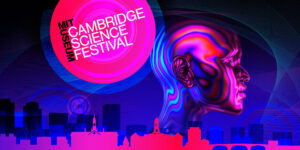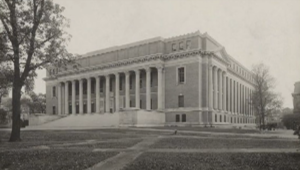The Cambridge Science Festival (CSF), a pioneering event in the United States, celebrates diverse and multicultural aspects of science, technology, engineering, art, and math (STEAM). This festival, founded by the MIT Museum, transforms the complex world of STEAM into something accessible, interactive, and enjoyable for all.
By the Numbers
The 2023 festival, held from September 25 to October 1, was a grand affair. It featured 245 events across 90 venues in Cambridge, all free to the public. The festival’s scale and diversity are evident in these numbers, showcasing its commitment to making STEAM accessible to everyone.
Participation and Engagement
With over 280 hosts including individuals, groups, and organizations, the event offered an array of activities. The diversity and volume of events reflect the festival’s reach and its ability to engage a wide audience. Among the hosts were:
- British International School of Boston: Engaging students in hands-on STEAM activities.
- Biogen Foundation: Showcasing advancements in biotechnology.
- Bristol Myers Squibb: Highlighting innovations in medical science.
- Lyda Hill Foundation: Promoting women in STEM fields.
- Takeda Pharmaceuticals: Demonstrating the impact of pharmaceutical sciences.
- Alnylam Pharmaceuticals: Exploring cutting-edge drug development.
- Amgen: Focusing on biopharmaceutical research.
- BioMed Realty: Connecting real estate with biotech innovations.
- Google: Offering insights into the latest in tech and digital sciences.
- Merck: Sharing developments in healthcare and pharmaceuticals.
These hosts played a vital role in making the festival a dynamic and informative event, offering insights into various aspects of science and technology.
Festival Highlights
#IFTHENSHECAN – The Exhibit

The standout event of CSF 2023 was the #IfThenSheCan – The Exhibit. This pop-up exhibition featured 30 3D-printed statues of women innovators, accompanying a series of events that celebrated women in STEM and encouraged an inclusive future in science and technology.
Much Work with Little Effort

In collaboration with the City of Cambridge STEAM Initiative, the festival brought Slapstick Science’s physics-themed circus show to local schools. This event exemplified the festival’s blend of education and entertainment, making science fun and accessible.
Lunch & Learn
We’ve started our lunch and learn with @LzaCarol giving an overview of generative AI! https://t.co/hnBo4sXSbZ pic.twitter.com/2FOc7xfizf
— IAIFI (@iaifi_news) September 27, 2023
New in 2023, the festival introduced ‘bitesize’ lunchtime lectures. These 25 lectures covered a wide range of topics, illustrating their commitment to showcasing the diversity of specialties and expertise in the Cambridge area.
Science x Art
CSF 2023 celebrated the intersection of science and arts. Events ranged from light painting to musical performances, highlighting the creative integration of science and innovation in various artistic forms.
Science x Fashion
The festival continued its collaboration with Boston Fashion Week through IMPULSE, an immersive runway experience. This event showcased science-inspired fashion, blending design, projection art, and performance.
Carnival
The family-friendly Carnival at the Kendall/MIT Open Space was a highlight, offering over 100 activities. It was a celebration of the Cambridge STEAM community, featuring popular attractions like the Robot Petting Zoo and the Freeze-Off competition.
The Beginnings
The Cambridge Science Festival began in 2007 with the backing of major educational and city institutions. What started as a small event attracting 15,000 visitors has grown exponentially over 15 years, now drawing over 100,000 people annually. The event’s expansion reflects its increasing importance and popularity in the community.
Unlike traditional science fairs, CSF takes inspiration from art, music, and film festivals. It offers a rich variety of activities including workshops, debates, and behind-the-scenes glimpses. This approach illuminates the wonders of scientific inquiry and the thrill of discovery, making it a unique and engaging experience for participants.
Their Philosophy
Thank you to everyone who made this year’s #CambridgeScienceFestival a magical one! Be on the lookout for photos from the event, interviews and more on the days to come and continue to tag us in your photos so we can repost you! 🧬🧪🎨📡🧮 #CSF2023 #CambSciFest #CSF pic.twitter.com/sMLXdXmHKW
— Cambridge Science Festival (@CambSciFest) October 3, 2023
A Community-Centric Approach
CSF prides itself on being a festival ‘by the community, for the community’. It focuses on collaboration with young professionals, students, and families, particularly reaching out to residents whose talents and enthusiasm are often underrepresented.
Impact and Outreach
Their philosophy extends beyond mere entertainment; it aims to inspire and ignite curiosity across various demographics in Cambridge. Its emphasis on inclusivity and outreach makes it a significant event in the STEAM community.
FAQs
What are the main themes of it?
It covers a wide range of science, technology, engineering, art, and math-related activities. These include creative exhibitions, performances, debates, and workshops, highlighting the diversity and interconnectivity of these fields.
Who is the target audience of the Cambridge Science Festival?
It is designed for all ages and interests. While some programs are specifically for adults or those over 21, many others are tailored for kids and families, ensuring a broad appeal.
What is the cost of attending it?
All events are free and open to the public. This approach makes the festival highly accessible and encourages wider participation from diverse communities.
How can attendees reach the Cambridge Science Festival?
The festival’s events are scattered across various venues in the city. The central location is the MIT Museum, located in The Kendall/MIT Open Space, which is easily accessible via public transportation, particularly the Kendall/MIT T stop.
What kinds of activities can participants expect?
It offers a mix of passive and active experiences. Attendees can watch plays and concerts or engage in interactive, hands-on activities. The focus is on participation, creation, and interaction, embodying the festival’s dynamic and engaging spirit.
Conclusion
The Cambridge Science Festival stands as a testament to the power of STEAM (science, technology, engineering, art, and math) in fostering curiosity, learning, and community engagement. With its diverse array of free events, the festival caters to a wide audience, making science both accessible and enjoyable.
By blending educational content with entertainment, the festival ignites a passion for learning and discovery among attendees of all ages. Its community-centric approach and emphasis on inclusivity ensure that the festival remains a pivotal event in the Cambridge community, celebrating the wonders of science and its impact on our lives.

















